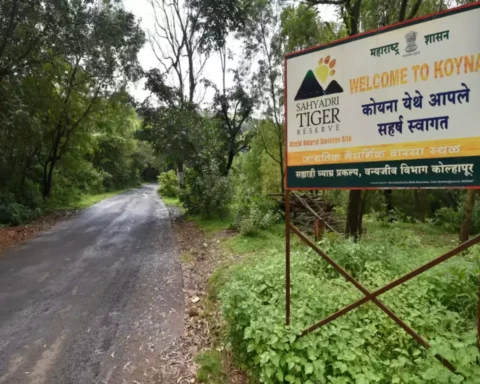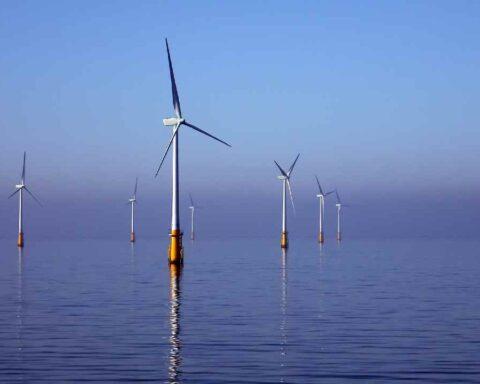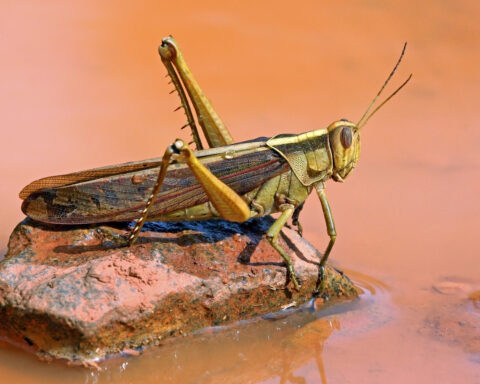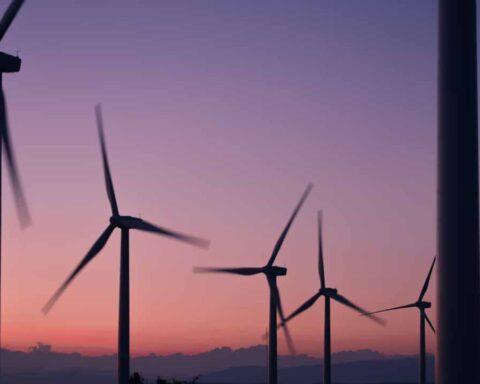Humanity is “at a crossroads” when it comes to managing drought and accelerating ways of slowing it down must happen “urgently, using every tool we can”, said Ibrahim Thiaw, the head of the UN Convention to Combat Desertification (UNCCD), calling for a global commitment to support drought preparedness and resilience.
The UNCCD released its newly published Drought in Numbers report in Abidjan, Côte d’Ivoire, during the 15th Conference of Parties (COP15). It is UNCCD’s compendium of drought-related information and data is helping inform negotiations for the final outcomes of the conference when it closes on 20 May.
Speaking at the launch, UNCCD Executive Secretary Ibrahim Thiaw, said that there is “an upward trajectory in the duration of droughts and the severity of impacts, not only affecting human societies but also the ecological systems upon which the survival of all life depends, including that of our own species”.
The report reveals that from 1970 to 2019, weather, climate and water hazards, accounted for 50 per cent of disasters and 45 per cent of disaster-related deaths, mostly in developing countries. While droughts represented 15 per cent of natural disasters, they accounted for about 6,50,000 deaths throughout that period.
From 1998 to 2017, droughts triggered global economic losses of roughly $124 billion – a number and duration of which have risen 29 per cent since 2000.
In 2022, more than 2.3 billion people are facing water stress and almost 160 million children are exposed to severe and prolonged droughts, with deep, widespread and underestimated impacts on societies, ecosystems and economies.
The UNCCD said, droughts affected about 1.4 billion people between 2000 and 2019. The most vulnerable section is of women and girls in developing countries, in terms of education, nutrition, health, sanitation and safety. The report said that 72 per cent of women and 9 per cent of girls are burdened with collecting water, in some cases spending as much as 40 per cent of their calorific intake carrying it.





























